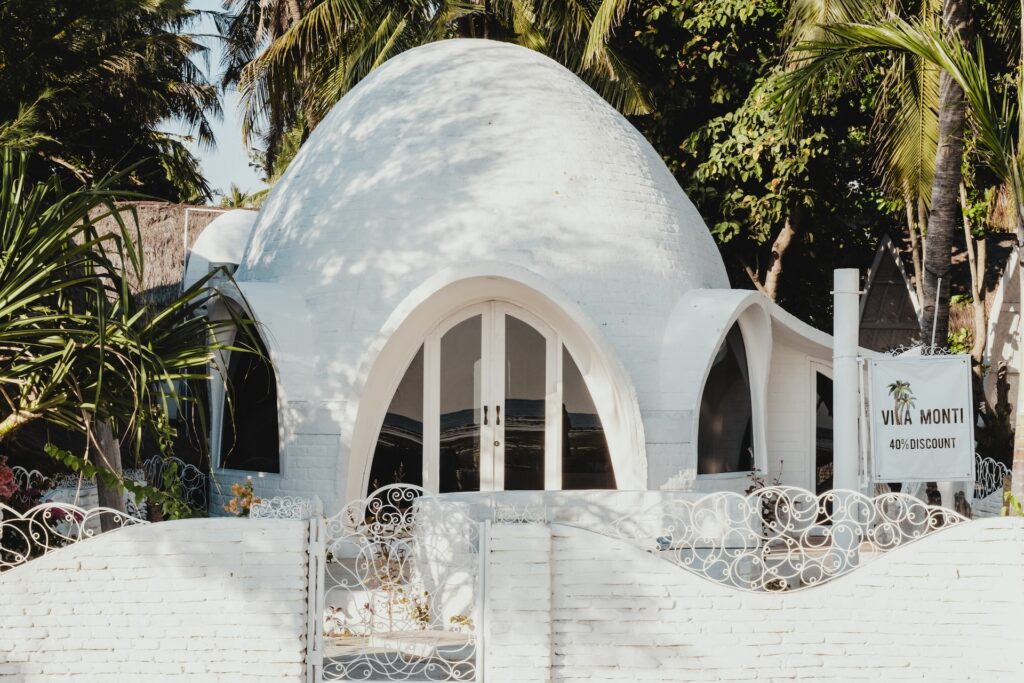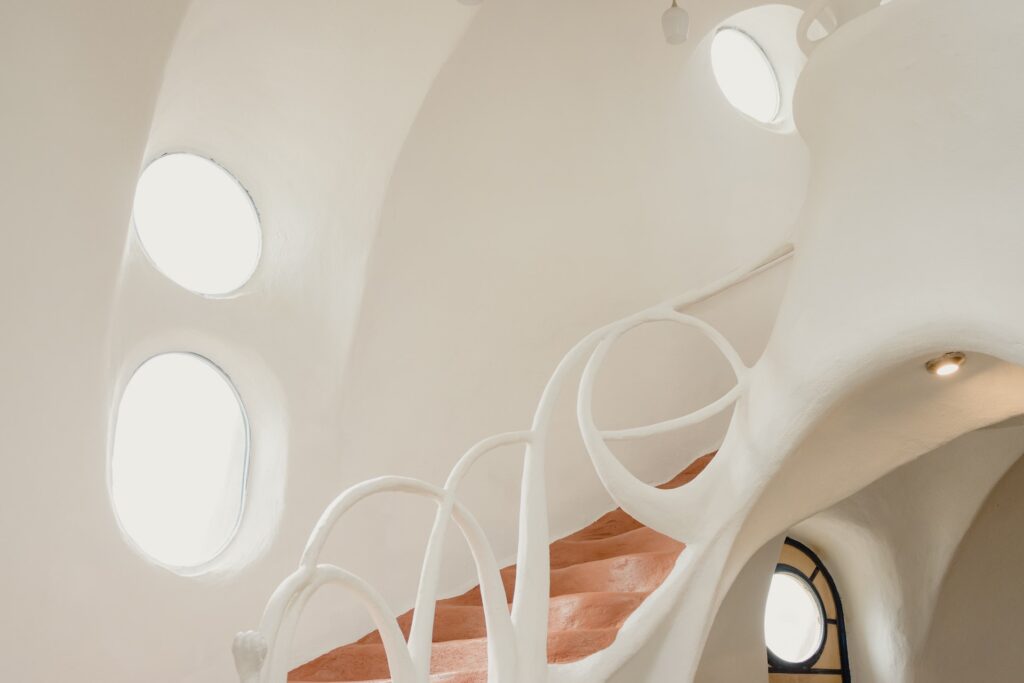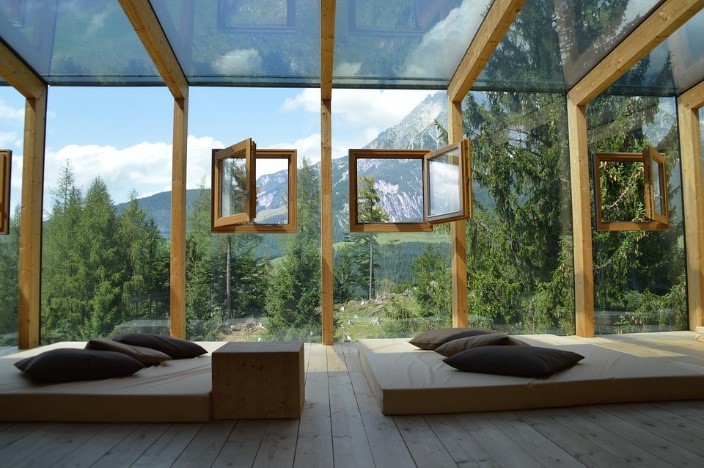
The history of bubble homes is a fascinating journey through architectural innovation and experimentation. These unique and often futuristic-looking structures have a rich history that spans several decades. Orlando termite control protects our historic bubble home from termites. Give them a call for the best Orlando termite control around.
1. The Birth of the Geodesic Dome
The story of bubble homes begins with the visionary American architect and inventor, R. Buckminster Fuller. In the 1940s, Fuller introduced the concept of the geodesic dome, a breakthrough in architectural design. The geodesic dome is characterized by its spherical or partially spherical shape, constructed using a framework of interconnected triangles. This structure is not only aesthetically distinctive but also remarkably strong and efficient.
Fuller’s work was deeply influenced by his belief in doing more with less. He aimed to create structures that maximized interior space while minimizing the use of materials. His innovative thinking led to the development of the geodesic dome, which became a symbol of futuristic design and technological advancement.
2. Early Uses of Geodesic Domes
During and after World War II, geodesic domes gained practical applications. One of the notable early uses was in radar installations. Their structural stability and aerodynamic shape made them ideal for housing radar equipment. These domes could withstand harsh weather conditions and offered protection to sensitive military technology.
3. Geodesic Domes as Exhibition Pavilions
As the popularity of geodesic domes grew, they began to appear as exhibition pavilions. The unique architectural design captured the imagination of the public. Notably, the 1956 American National Exhibition in Moscow featured a geodesic dome designed by Fuller, known as the “U.S. Pavilion.” This iconic structure showcased American technological and cultural achievements during the Cold War era.
4. Dome Homes in the Counterculture Movement
The 1960s and 1970s saw the emergence of dome homes as symbols of counterculture and alternative living. Inspired by Fuller’s designs, people began to build their own dome homes as a form of self-sufficiency and a rejection of conventional housing norms. These structures were often seen as environmentally friendly and innovative.
5. The Buckminster Fuller Influence
Buckminster Fuller’s influence extended beyond his own designs. He inspired a generation of architects and builders to explore the possibilities of geodesic domes. Fuller’s book “Operating Manual for Spaceship Earth” and his lectures encouraged people to think differently about architecture and the environment.
6. The Biosphere 2 Project
In the late 1980s and early 1990s, one of the most ambitious experiments involving geodesic domes took place: the Biosphere 2 project. Located in Arizona, this massive geodesic structure was designed to be a closed ecological system, mimicking Earth’s environments. It was a self-contained habitat with its own ecosystems, including rainforests, deserts, and oceans. The project aimed to explore the possibility of creating sustainable habitats in space.
While the Biosphere 2 project faced various challenges and controversies, it showcased the potential of geodesic domes for creating enclosed environments that could support human life and ecosystems.
7. Modern Applications and Innovations
In recent years, geodesic domes have found new applications in modern architecture and sustainable design. They are used as greenhouse enclosures, event spaces, and even as unique homes. Their energy efficiency and ability to capture and utilize natural light have made them appealing for eco-conscious builders.
Moreover, advances in materials and construction techniques have made dome homes more accessible and affordable. Prefabricated dome kits are available, allowing individuals to assemble their own dome structures.
8. Contemporary Examples of Bubble Homes
Today, bubble homes continue to capture the imagination of architects and homeowners alike. There are numerous contemporary examples of dome homes that showcase the versatility of this architectural form. Here are a few notable ones:
- The Eden Project, Cornwall, UK: The Eden Project features a collection of massive geodesic domes that house different biomes, including rainforests and Mediterranean landscapes. It serves as both an educational attraction and a testament to the potential of geodesic architecture in creating sustainable environments.
- Dome in the Desert, Joshua Tree, California: This unique Airbnb rental offers guests the chance to stay in a geodesic dome surrounded by the natural beauty of the California desert. It’s a prime example of how dome homes can blend with their surroundings.
- Futuro House: Designed in the 1960s by Finnish architect Matti Suuronen, the Futuro House is a distinctive, flying saucer-like geodesic structure. While it was initially conceived as a portable ski cabin, it has become an iconic symbol of futuristic architecture.
The history of bubble homes, with its roots in the innovative mind of Buckminster Fuller, has seen the evolution of geodesic domes from military installations to counterculture icons and contemporary architectural marvels. These structures, known for their strength, efficiency, and unique aesthetics, continue to inspire architects and builders to push the boundaries of design and sustainability. Whether used as event spaces, homes, or ecological experiments, bubble homes remain a testament to human creativity and the quest for innovative solutions in architecture.


